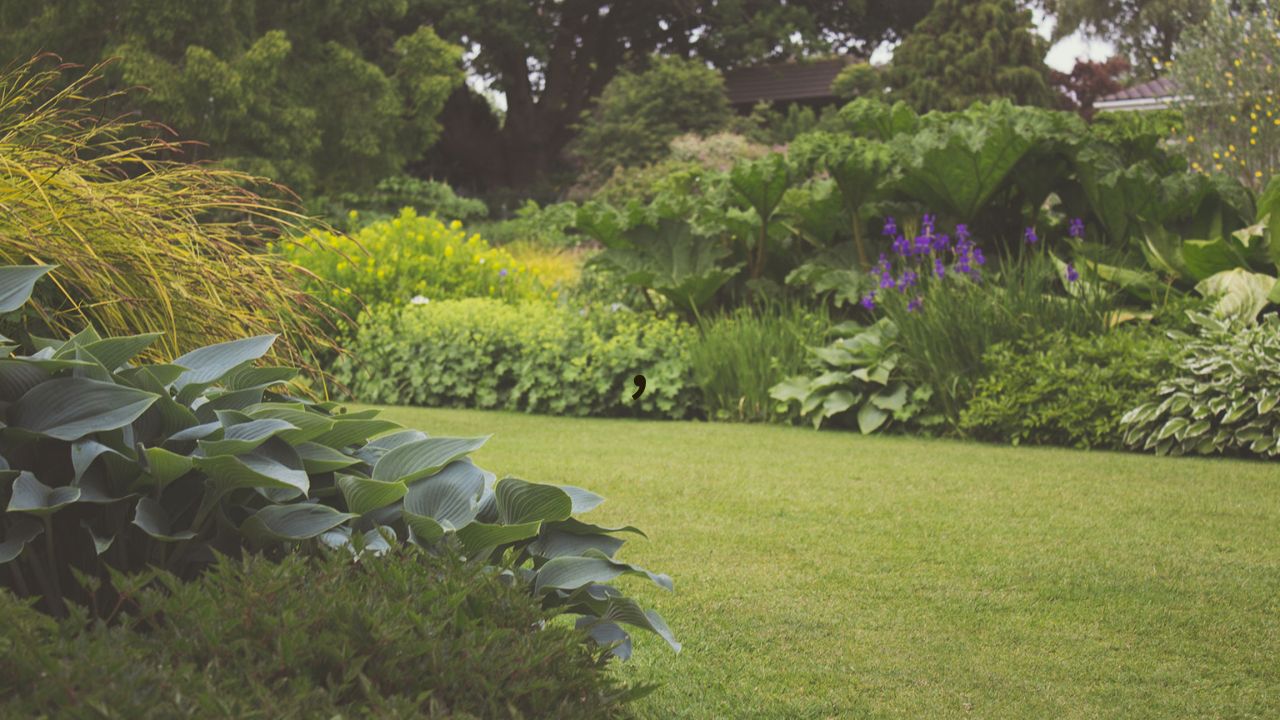Selecting the right plants for a sustainable garden is key to ensuring the garden thrives with minimal input of water, fertilizers, and pesticides. Here’s a step-by-step guide to help you choose plants that will enhance the sustainability of your garden while promoting biodiversity and conservation.
1. Choose Native Plants
Overview: Native plants are adapted to the local climate, soil, and ecosystem. They require less water and fewer nutrients compared to non-native species, making them ideal for sustainable gardening.
- Why Choose Native Plants? They thrive with minimal care, are naturally resistant to local pests and diseases, and support local wildlife such as pollinators.
- How to Find Native Plants: Research plants native to your region or visit a local nursery that specializes in indigenous species.
Pro Tip: Native wildflowers, shrubs, and grasses are not only low-maintenance but also help prevent soil erosion and support beneficial insects.
2. Select Drought-Tolerant Plants
Overview: Water is a precious resource, so choosing plants that are drought-tolerant reduces the need for frequent watering.
- Benefits of Drought-Tolerant Plants: They help conserve water and can withstand periods of dryness. Examples include succulents, lavender, and herbs like rosemary.
- Water Conservation Tip: Pair drought-tolerant plants with a drip irrigation system or mulch to further reduce water usage.
Pro Tip: Group plants with similar water needs together in the garden to optimize watering efficiency.
3. Opt for Perennials Over Annuals
Overview: Perennials come back year after year, reducing the need for replanting, and are typically hardier than annual plants.
- Benefits of Perennials: They establish deeper root systems that enhance soil structure and help retain moisture. Popular perennials include herbs, certain flowers (e.g., echinacea, daylilies), and many vegetables (e.g., asparagus).
- Sustainability Impact: Since they don’t need to be replanted every season, perennials lower your garden’s carbon footprint by reducing the need for new seeds and planting resources.
Pro Tip: Start small with perennial beds and gradually expand to enjoy their benefits over time.
4. Incorporate Pollinator-Friendly Plants
Overview: Supporting pollinators like bees, butterflies, and birds is crucial to a healthy and sustainable garden.
- Best Pollinator Plants: Choose plants that produce nectar and pollen, such as sunflowers, coneflowers, milkweed, and marigolds.
- Biodiversity Benefits: Pollinator-friendly plants improve the yield of fruit and vegetable crops while helping maintain local biodiversity.
Pro Tip: Aim for a mix of plants that bloom at different times of the year to ensure pollinators have a food source year-round.
5. Grow Edible Plants
Overview: Growing your own food is one of the most rewarding aspects of sustainable gardening. Choose edible plants that align with your local climate and soil conditions.
- Best Edible Plants for Sustainability: Leafy greens, root vegetables, tomatoes, and herbs like basil and mint are low-maintenance and grow well in many conditions.
- Sustainability Tip: Grow a variety of plants to ensure biodiversity in your garden, and avoid monoculture, which can deplete soil nutrients.
Pro Tip: Use vertical gardening or raised beds to grow more food in small spaces while conserving soil and water.
6. Consider Companion Planting
Overview: Companion planting involves pairing plants that benefit each other by improving growth, repelling pests, or enriching the soil.
- Examples of Companion Plants:
- Basil and Tomatoes: Basil improves tomato flavor and repels pests.
- Beans and Corn: Beans fix nitrogen in the soil, helping corn grow stronger.
- Marigolds and Vegetables: Marigolds deter many common garden pests.
Pro Tip: Plan your garden layout to group companion plants together, boosting their health and reducing the need for chemical fertilizers or pesticides.
7. Use Cover Crops for Soil Health
Overview: Cover crops like clover, vetch, and rye are planted during the off-season to improve soil fertility and structure.
- Benefits of Cover Crops: They prevent soil erosion, add organic matter, and fix nitrogen in the soil.
- Sustainability Impact: By planting cover crops, you can reduce the need for synthetic fertilizers and improve the long-term health of your soil.
Pro Tip: After harvesting cover crops, till them back into the soil to release nutrients and improve soil texture.
8. Select Pest-Resistant Plants
Overview: Some plants are naturally more resistant to pests and diseases, which reduces the need for chemical interventions.
- Examples of Pest-Resistant Plants: Garlic, onions, leeks, and aromatic herbs like rosemary and sage are known to repel pests.
- Sustainability Benefit: Pest-resistant plants help maintain a healthy garden ecosystem while reducing the need for pesticides.
Pro Tip: Research which pests are common in your area and choose plants that are naturally resistant to those particular insects or diseases.
9. Look for Plants That Improve Soil Quality
Overview: Certain plants, such as legumes, are known for improving soil quality by fixing nitrogen or adding organic matter.
- Examples: Beans, peas, and clover enrich the soil by adding nitrogen, a key nutrient for plant growth.
- Sustainability Tip: Rotate nitrogen-fixing plants with other crops to keep the soil fertile without relying on chemical fertilizers.
Pro Tip: Intercrop nitrogen-fixing plants with heavy feeders (like tomatoes or peppers) to naturally boost soil fertility.
10. Ensure Your Plants Suit Your Microclimate
Overview: Understanding the specific conditions in your backyard’s microclimate, such as temperature, wind exposure, and soil type, will help you choose plants that are more likely to thrive.
- How to Assess Microclimate: Observe areas of sun and shade, assess wind exposure, and perform a simple soil test to check pH and texture.
- Adapted Plants: Choose plants that are suited to your specific microclimate for less maintenance and better growth. For example, in windy areas, plant hardy shrubs that can withstand the elements.
Pro Tip: Take note of low-lying areas that may retain water and plant water-loving species like ferns or irises there.
Conclusion
Choosing the right plants for your sustainable garden involves selecting species that are native, drought-tolerant, and beneficial to the local ecosystem. By incorporating pollinator-friendly, pest-resistant, and soil-enriching plants, you’ll create a thriving, low-maintenance garden that requires fewer resources and supports the environment.
With careful planning and mindful plant selection, your sustainable garden will flourish, providing fresh produce, beauty, and a habitat for local wildlife while minimizing your ecological footprint.
FAQ
1. Can I plant both native and non-native species in a sustainable garden?
Yes, you can plant non-native species, but choose those that are well-adapted to your climate and avoid invasive species that may harm the local ecosystem.
2. What are some easy-to-grow drought-tolerant plants?
Succulents, lavender, rosemary, and ornamental grasses are great drought-tolerant plants that require minimal water.
3. How can I attract more pollinators to my garden?
Plant a variety of flowering plants that bloom at different times of the year, avoid chemical pesticides, and provide shelter like bee hotels or birdbaths.
4. Should I start with seeds or plants?
For beginners, it’s often easier to start with young plants (transplants) from a nursery. However, starting from seeds is more cost-effective and offers a wider variety of plant choices.
5. How do I prevent pests in a sustainable garden?
Use natural pest control methods like companion planting, introducing beneficial insects, and using organic sprays like neem oil to deter pests.


